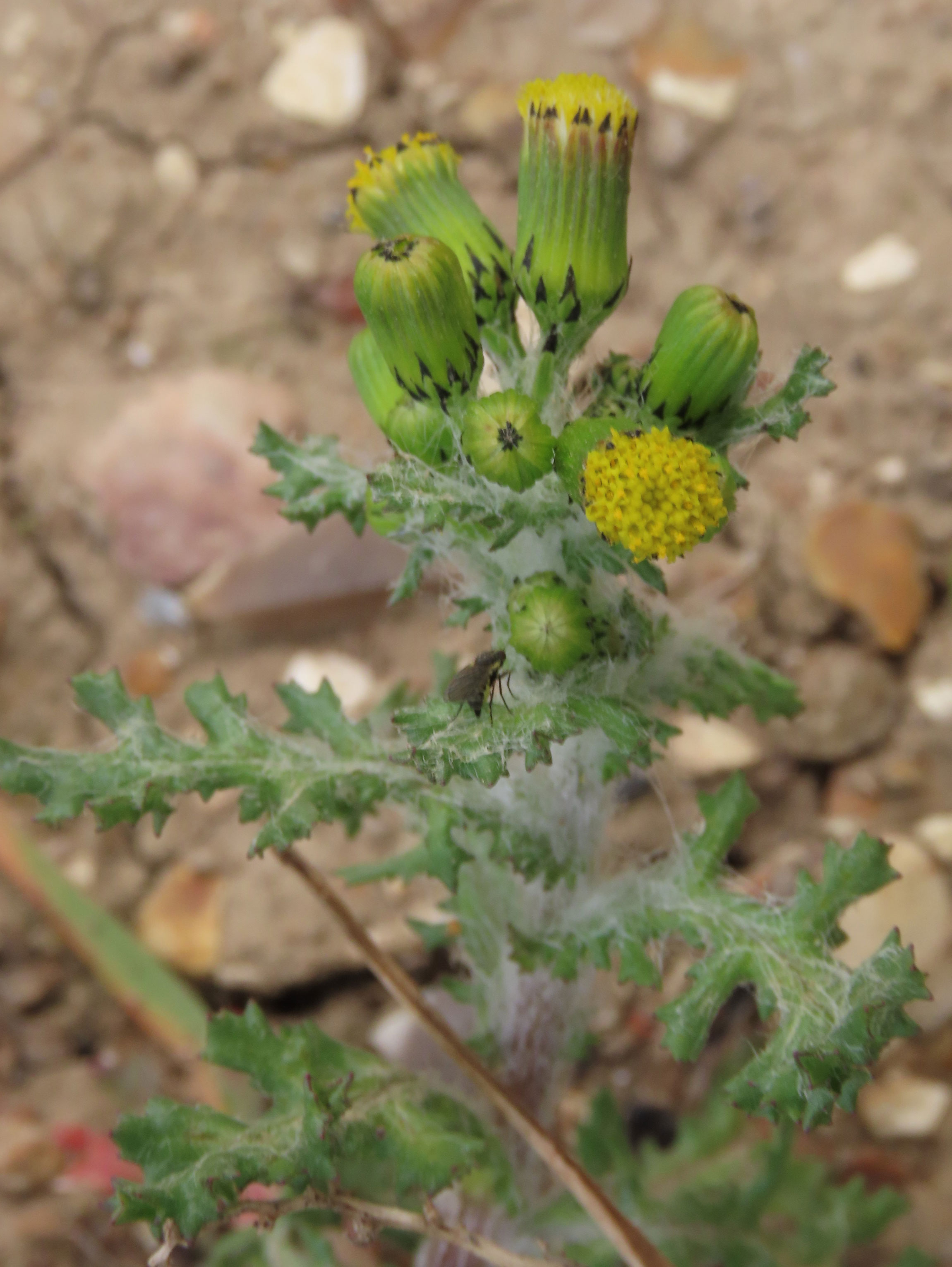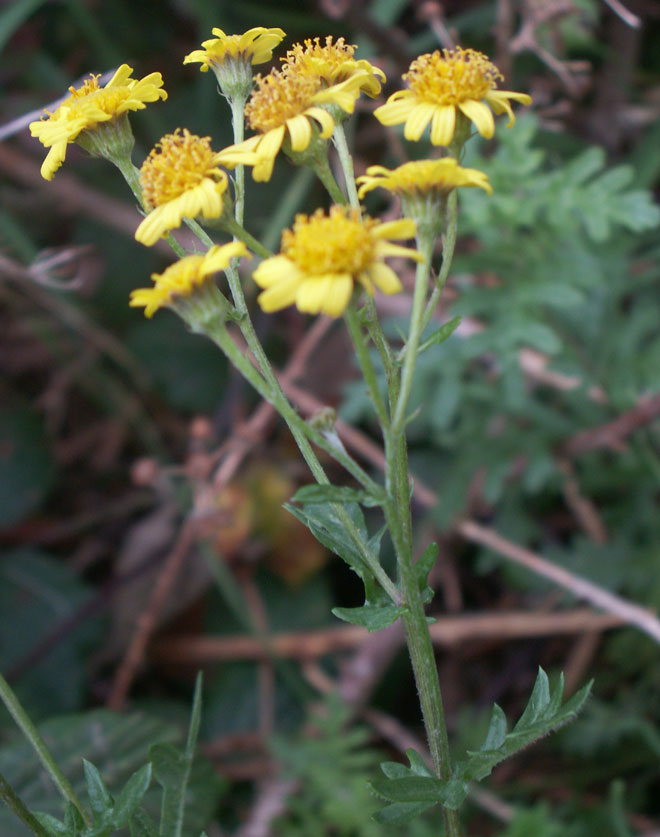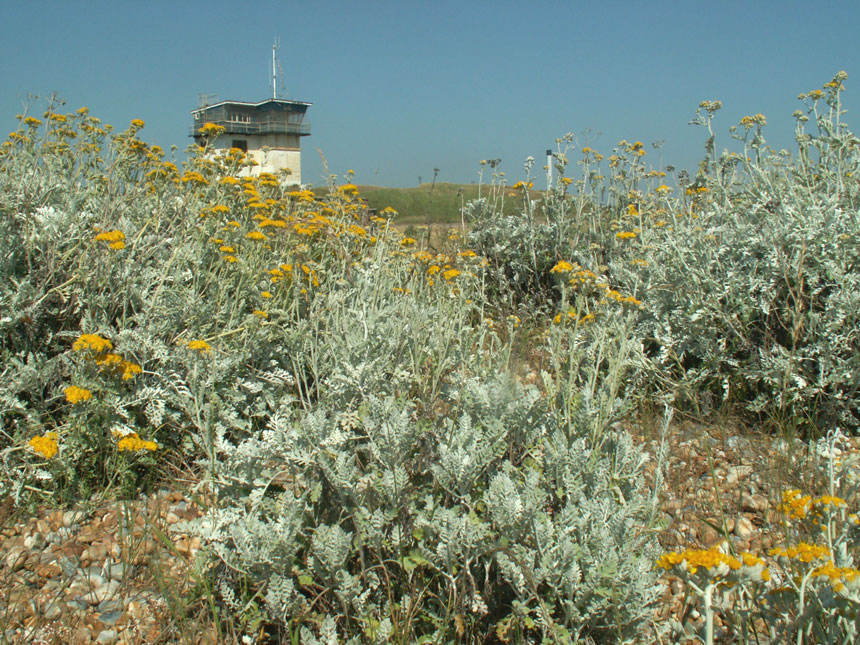Jacobaea erucifolia HOARY RAGWORT
Jacobaea inaequidens NARROW-LEAVED RAGWORT
Jacobaea vulgaris RAGWORT not Jacobaea jacobaea (syn.Senecio jacobaea)
Jacobaea squalidus OXFORD RAGWORT (previously Senecio squalidus)
Senecio viscosus STICKY GROUNDSEL
Senecio vulgaris COMMON GROUNDSEL
Senecio vulgaris forma. radiatus RAYED GROUNDSEL
Senecio x baxteri HYBRID RAGWORT
Senecio erucifolius HOARY RAGWORT
Senecio inaequidens NARROW-LEAVED RAGWORT
Senecio jacobaea RAGWORT
Senecio squalidus OXFORD RAGWORT
29 June 2022
Cinnabar
Moth
Tyria
jacobaeae
at
Downs
Link near the Cement Works
Common
Ragwort was beginning to flower
and was quite extensive on the New Erringham pastures to the east of Mill
Hill. The caterpillars of this moth feed on Ragwort,
but it is not clear if it is all species and I have only seen it on Common
Ragwort,
| 29
March 2022
Groundsel
Oxford Ragwort was seen near Eastern Avenue railway level crossing, Shoreham-by-Sea. The ragwort is a much larger plant. |
 |
22/23 October 2019
Hoary,
Common, Oxford
Silver
Ragworts
on
Shoreham
Beach
| 6
June 2019
A Silver
Ragwort hosted a colony of Black
Ants which were probably attracted by
Ragwort
Aphids,
Aphis
jacobaeae. The aphids are usually
attended by ants which may build earth tents over them.
|
22 April 2019
A small bee on Oxford Ragwort, Widewater flood plain
Hoary
Ragwort
Common
Ragwort
Mill
Hill
7 June 2018
Silver Ragwort
October
2017
 |
 |
 |
|
|
|
|
19
September 2017
 |
 |
Oxford
Ragwort or Rayed Groundsel
Shoreham
Beach (west of the Old Fort)
18 September 2017
Common
Ragwort
except
top right which is Hoary Ragwort with
paler yellow flowers and
the phyllary bracts are not black tipped
26 June 2017
Silver
Ragwort
Shoreham
Beach
Common
Ragwort was beginning to flower on Shoreham
and Lancing beach.
Silver
Ragwort
Shoreham
Beach
29
April 2017
Oxford
Ragwort,
Senecio
squalidus,
was very common, especially near the railway tracks in Shoreham.
25 April 2017
Oxford
Ragwort
It
was also seen flowering on the beach.
by Widewater.
Oxford Ragwort
25 October 2016
Oxford
Ragwort,
Senecio
squalidus,
is a alien hybrid ragwort first introduced to
into the UK around 1690
via the Oxford Botanic Gardens. It escaped into the wild and spread rapidly
along railway tracks from the late 19th century.
In Shoreham it favours the gravel ballast of the railway track (near Eastern
Avenue Railway Level Crossing) and areas of shingle on Shoreham
Beach. Its flowers are a richer
yellow than the native Common Ragwort
and Hoary Ragwort.
It is a more attractive plant with a longer flowering season. It
can be seen in flower from April until November. The small and weedy Groundsel
was
still flowering in Old Shoreham.
23 September 2016
Ragworts
on Mill Hill
Common
Ragwort & Hoary Ragwort

For
Hoary
Ragwort, the outer phyllaries under the flowerhead
should be about half as long as the inner, which have green rather than
dark tips. That all seems to be the case here. The late flowering is persuasive
as well, though not conclusive. The leaves would clinch it further, but
I'd be happy with Hoary.
ID
confirmation by Scott
on Flora of the British
Isles


Oxford Ragwort
|
Senecio vulgaris |
25 April 2016
Oxford
Ragwort on Shoreham
Beach
Senecio
squalidus
 |
9
June 2014
On Mill Hill, south of the Reservoir I spotted my first two Cinnabar Moths of the year. They were easily disturbed and flew through the long grasses and stems of Greater Knapweed quite quickly, and too elusive for a tired photographer as I was about to leave Mill Hill. |
| 9
July 2009
By the Reservoir on Mill Hill the first Cinnabar Moth caterpillars of the year were seen on a small clump of Ragwort. |
 |
 |
 |
 |
|
|
|
|
.jpg)


.jpg)























